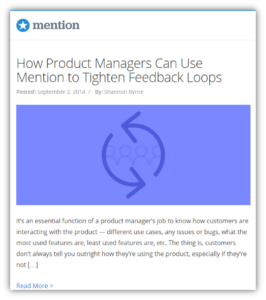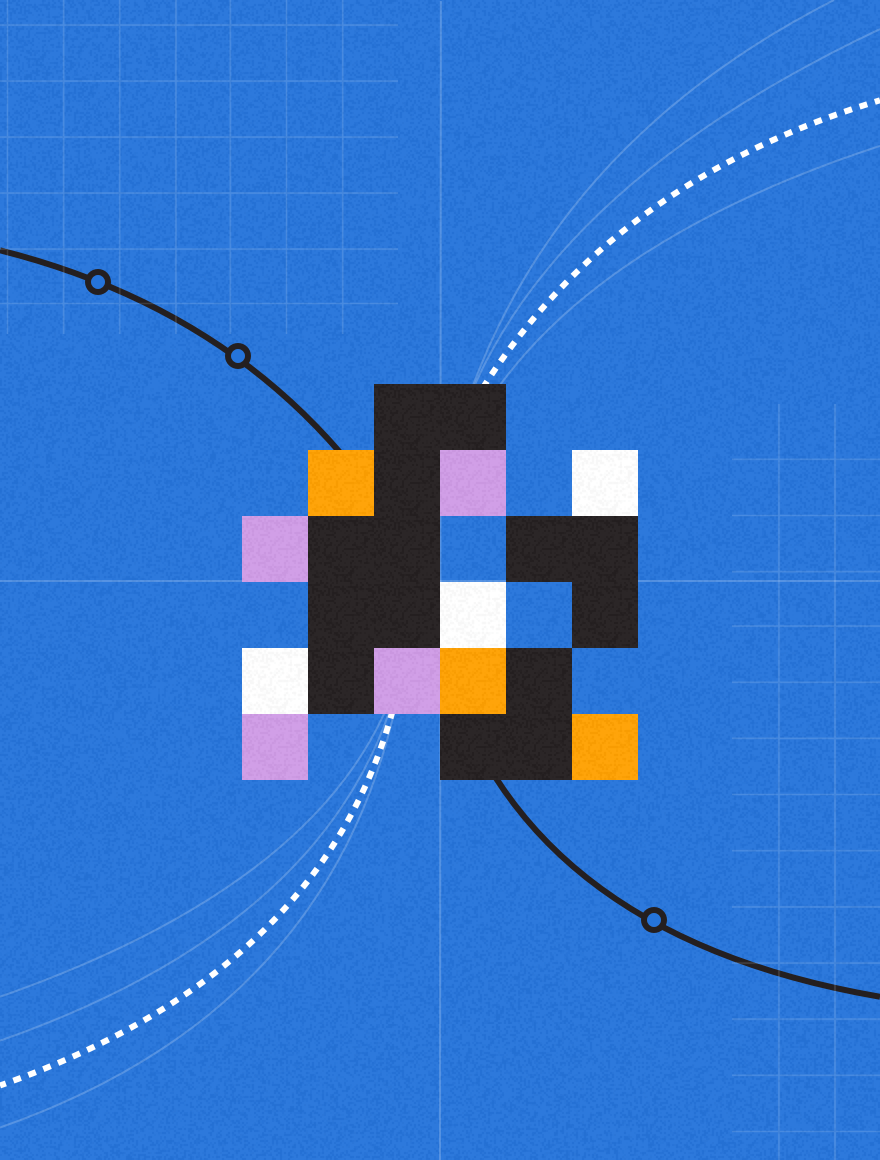Note: Some examples cited in this post are old, but they remain excellent illustrations of what good content marketing looks like.
You’ve mastered top-of-funnel and middle-of-the-funnel content which engaged and informed your prospects. The next step is to convert them into customers.
If you only think of content marketing as part of the beginning stages of your customer journey, you’re robbing your potential customers of value. Content belongs at the bottom of the funnel, too.
Still have questions? We’ll answer some FAQs that clarify how to integrate effective content to effectively push prospective customers over the line.
1. What Is Bottom-of-the-Funnel Content?
When marketers talk about bottom-of-the-funnel content, they’re talking about assets that help persuade a prospect to purchase from your company. This content is often used by your sales team. Generally, these materials highlight products and/or services more directly, versus high-level content used to build trust.
At this stage, channels and tactics include:
- Sales enablement
- CRM
- User communities
2. What Are Marketers’ Goals at the Bottom of the Funnel?
The main goals of content delivered to buyers at this stage of their journey are:
- Accelerating the deal cycle
- Positioning your brand as superior to competitors
- Inspiring confidence in a purchase decision
The questions your buyers have at this point in their journey tend to be more logistical—how does the product they’re interested in actually work, who should be involved in the purchase decision, and what benefits can internal stakeholders expect?
It’s worth noting that B2B buying groups are sizeable, ranging from six to ten people, according to Gartner. At the bottom of the funnel, you want to provide content your primary contact can share internally to keep the purchase conversation moving forward.
The broader themes of the trust-building content used in top- and mid-funnel communications should be framed in the context of your product, focusing on your company’s unique value proposition and how you stack up to the competition. This kind of content helps the buyer review options, feel empowered to make the right decision, and get internal stakeholders on board.
3. What Are the Key Elements of Bottom-of-Funnel Content?
Bottom-of-funnel content should prove the value of purchase, and explain how the products and services will be implemented within the organization. With that in mind, it should:
- Closely align with your product
- Be data-driven
- Challenge buyer assumptions and guide them to your POV
4. Four Examples of Brilliant Bottom-of-Funnel Content

This is one of my favorite examples. It comes from KISSmetrics and proves late-stage content doesn’t have to be boring. The infographic is easily digestible and uses data and customer stories to show value.
Marketo hosts an entire page of case studies that can be filtered by company size, industry, and product usage, making it easy for prospects to compare use cases and find out how similar companies implement marketing automation.
Xerox takes a “Challenger Sale” approach to bottom-of-the-funnel content, creating pitch decks using insights that push prospects to think differently about their business. Similar to the KISSmetrics infographic, Mention reminds us not to limit bottom-of-funnel content to specific formats. They use blog posts to communicate key features about their product to a specific persona and to answer late-stage implementation questions.
Similar to the KISSmetrics infographic, Mention reminds us not to limit bottom-of-funnel content to specific formats. They use blog posts to communicate key features about their product to a specific persona and to answer late-stage implementation questions.
Ready to help close leads with content? Start creating your own bottom-of-funnel assets with these best practices in mind.


